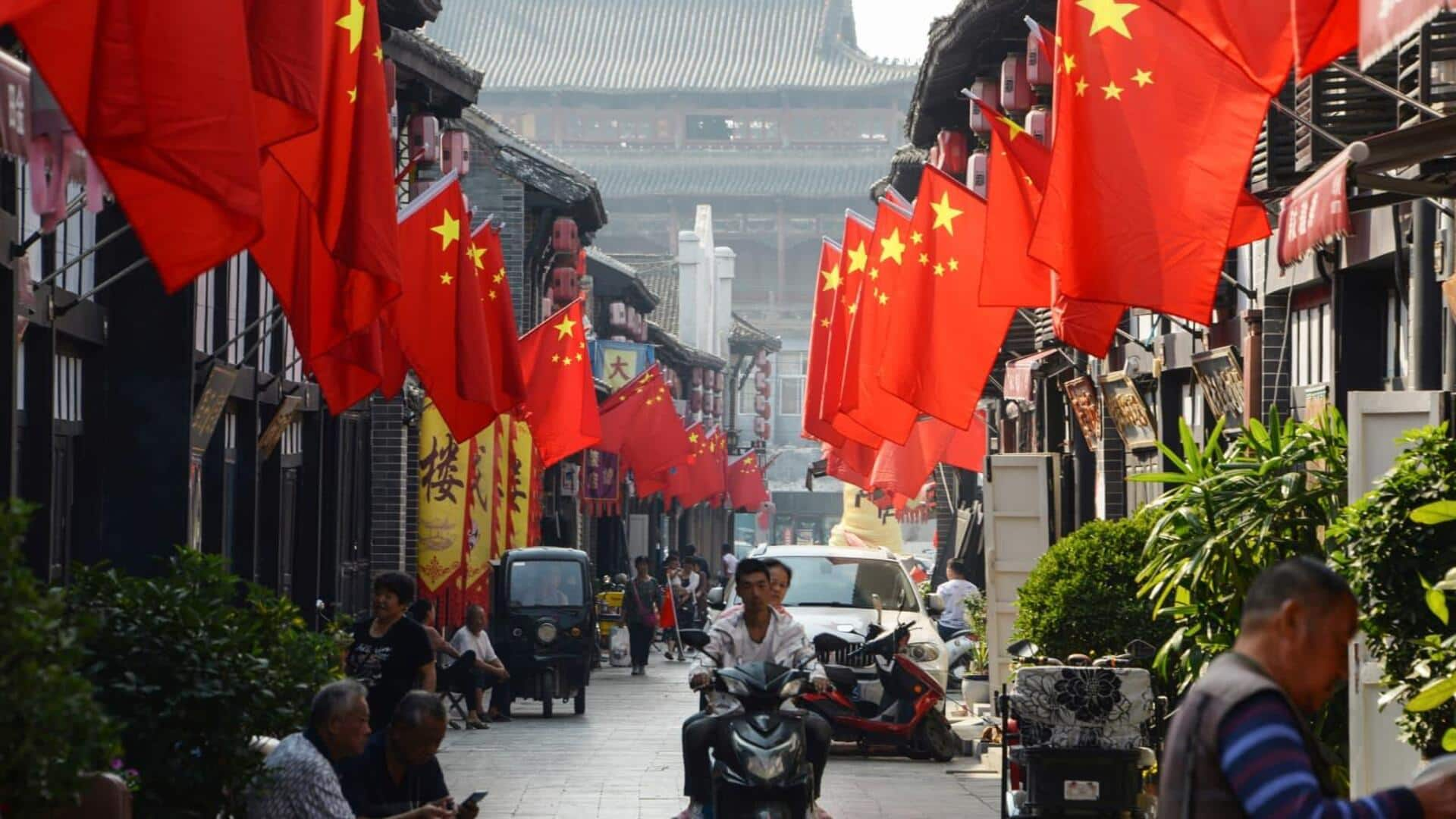
Why China is encouraging citizens to trade-in old cars, appliances
What's the story
China is encouraging its citizens to trade in their old cars and home appliances, such as refrigerators, in a bid to boost consumer spending and stimulate economic growth amid challenging times. This scheme, expected to be a significant stimulus program this year, encourages Chinese businesses and households to replace outdated machinery with new, energy-efficient products. The details of the plan were recently disclosed in a briefing by officials from various departments.
Economic impact
Trade-in scheme designed to stimulate growth
The trade-in scheme is designed to stimulate growth, which is currently projected to slightly fall short of China's target of around 5%. The initiative also seeks to stabilize the economy by encouraging domestic purchases, potentially easing global concerns about China's factory overcapacity. Local governments will be responsible for much of the program's logistics.
Scheme rollout
Suzhou has already begun implementing the trade-in scheme
Suzhou, a city in China's prosperous Jiangsu province, has already begun implementing the trade-in scheme, announcing subsidies starting April 20. The subsidies include 100 million yuan for cars (up to 6,000 yuan per buyer) and 20 million for appliances (a maximum of 1,500 yuan per appliance). One yuan is currently equal to about ₹12 or $0.14. This extensive scheme aims to modernize China's inventory of industrial and household equipment.
Modernization focus
Plan involves retiring older machines, stimulating consumer spending and business
The plan involves retiring older machines that consume more energy or produce more pollution, and stimulating consumer spending and business investment. It covers everything from heavy industries like petrochemicals and steel to installing new elevators in apartment buildings. There are also incentives for consumers to exchange their old washing machines for new, water-efficient ones.
Funding details
China has not revealed how much funding it has prepared
China's leading economic planning agency reported that last year's investment on equipment upgrades in key industries amounted to 4.9 trillion yuan ($680 billion). The goal is a 25% increase by 2027. However, the government has not revealed how much funding it has prepared to allocate for this latest stimulus plan. Auto trade-ins are expected to be the primary focus of financial support from the central government on the household side.
Standards impact
New environmental standards for machinery will force companies to upgrade
New environmental standards for machinery "will force companies to get rid of some old equipment," said Ding Shuang, chief economist for Greater China and North Asia at Standard Chartered Plc. This is considered "the most distinctive feature" of the plan. Economists at Citigroup Inc. predict that the program could boost retail sales by about 0.5% this year, while equipment upgrades could enhance China's broadest measure of investment by 0.4% points through 2027.
Economic forecast
The scheme aims to help rebalance the economy
Last month, Goldman Sachs economists estimated a 0.6%-point lift to GDP in 2024, with more than two-thirds coming from additional household spending, primarily on cars. The scheme also aims to help rebalance the economy by focusing on advanced industries and promoting local demand. It provides a buffer against a potential export slowdown for car manufacturers and could help counterbalance an over-dependence on investment versus consumption to drive economic growth.